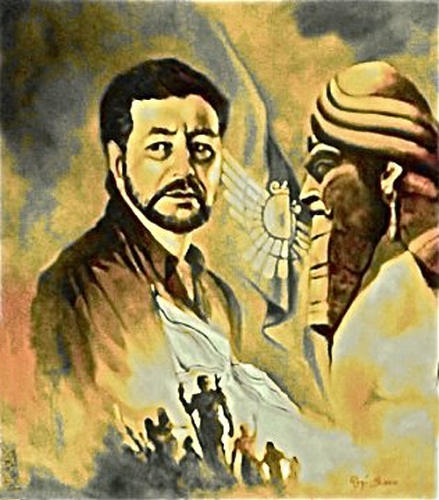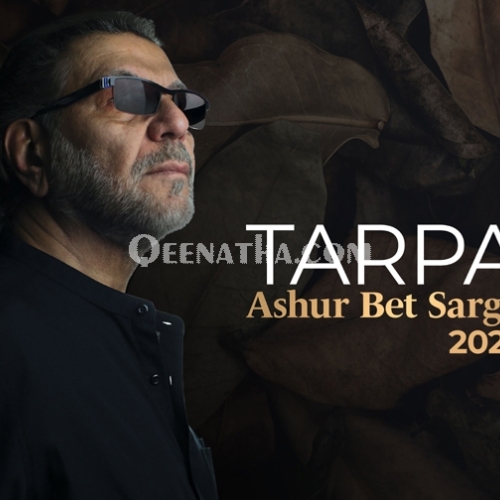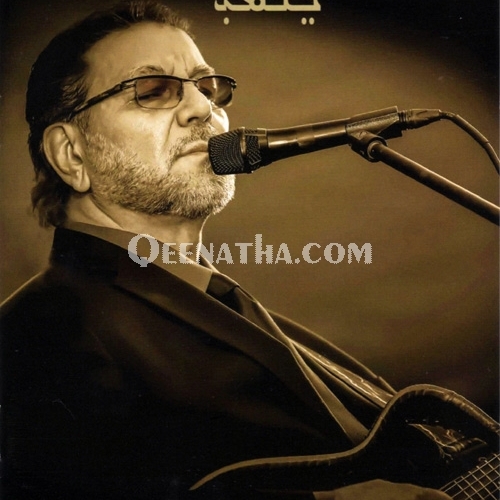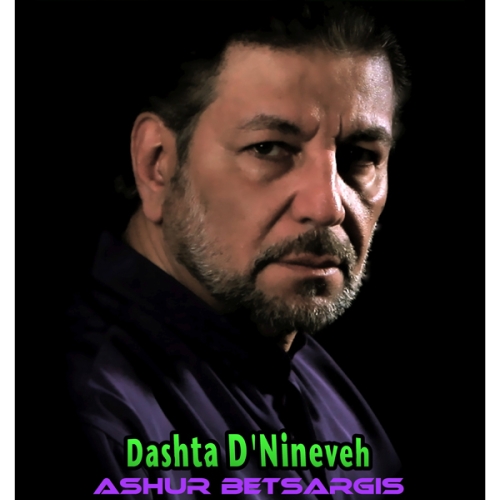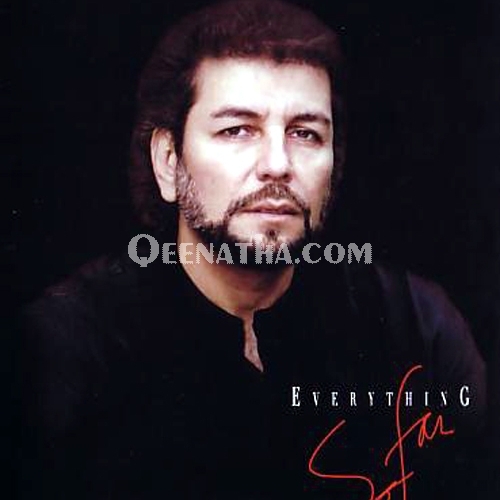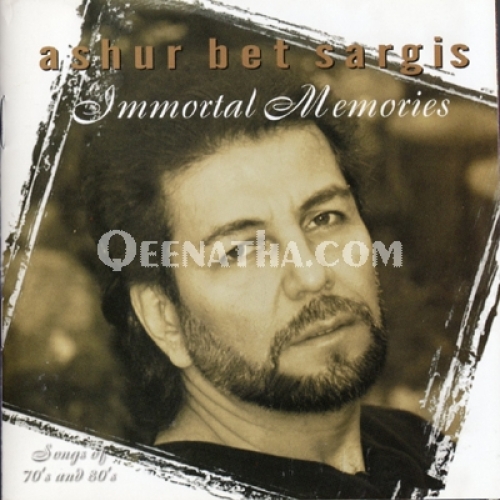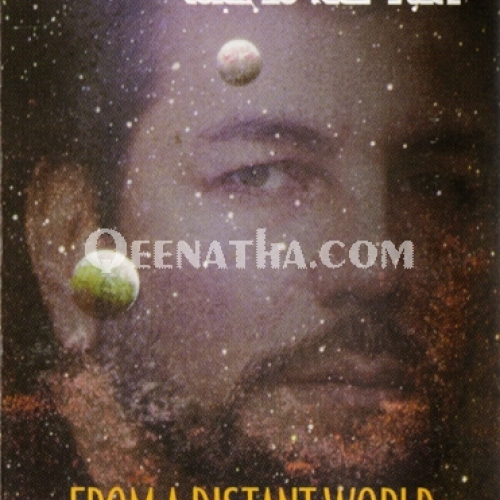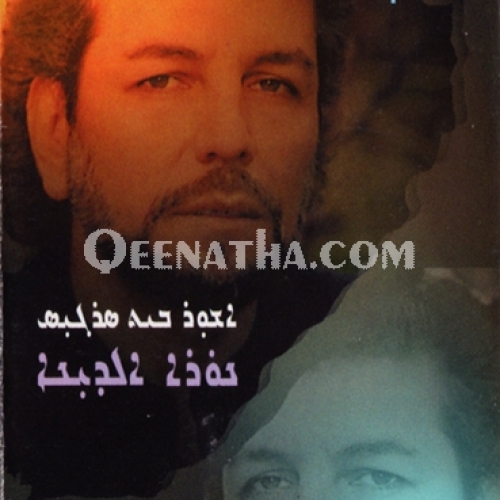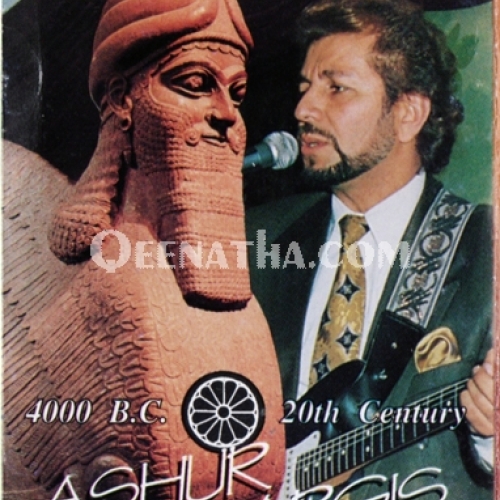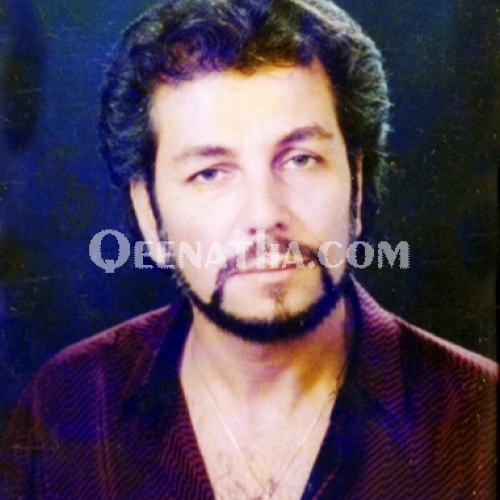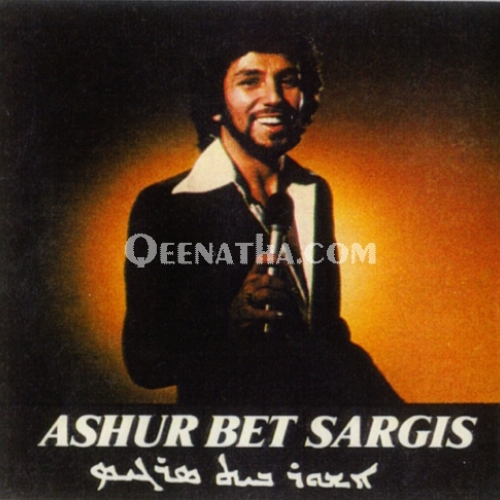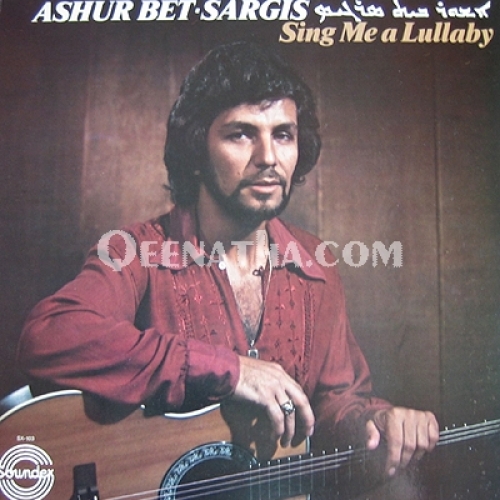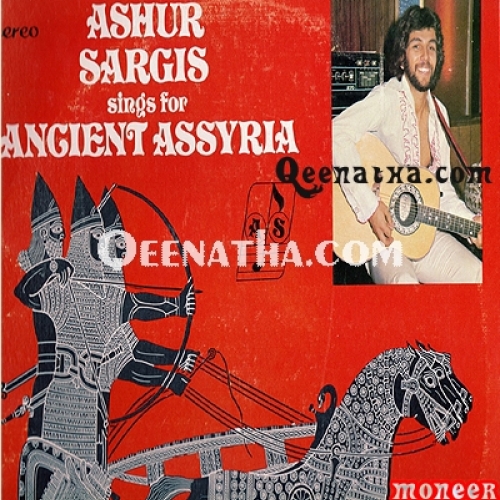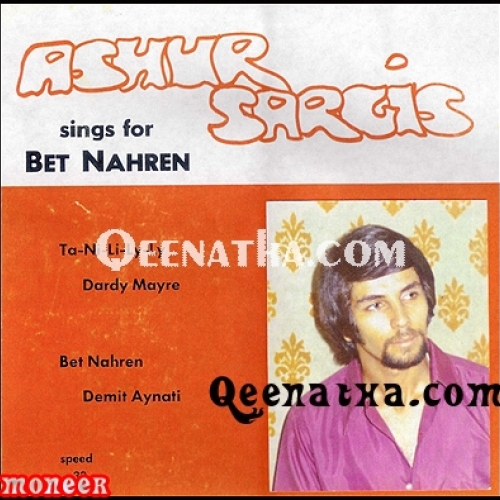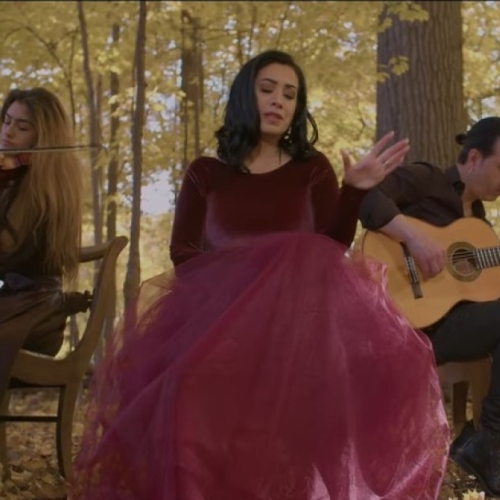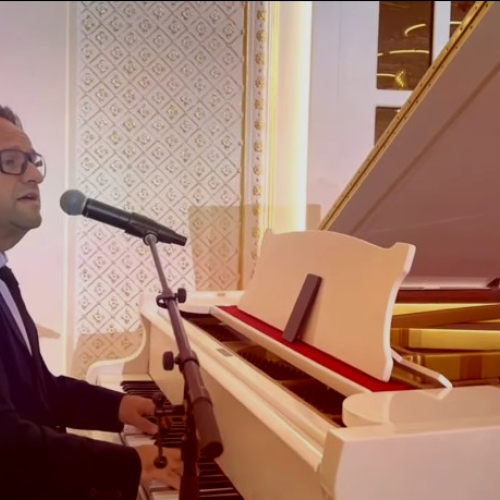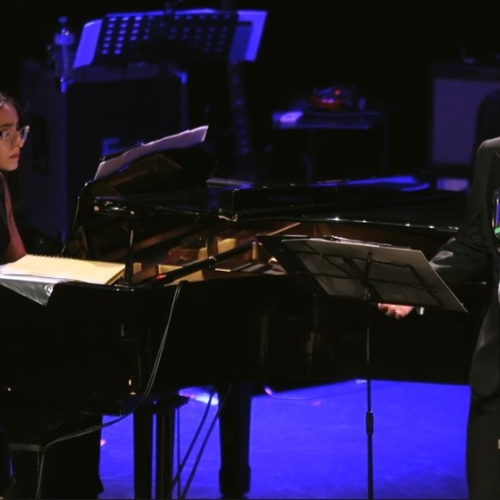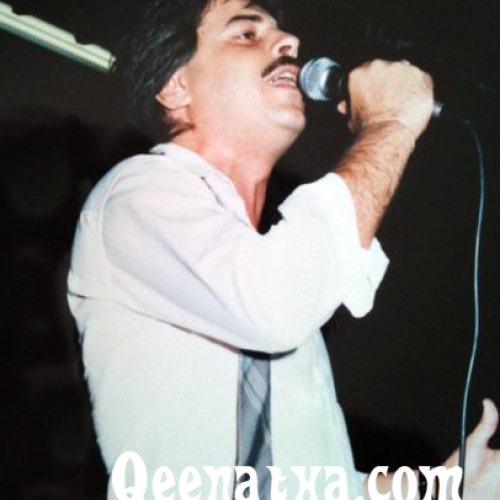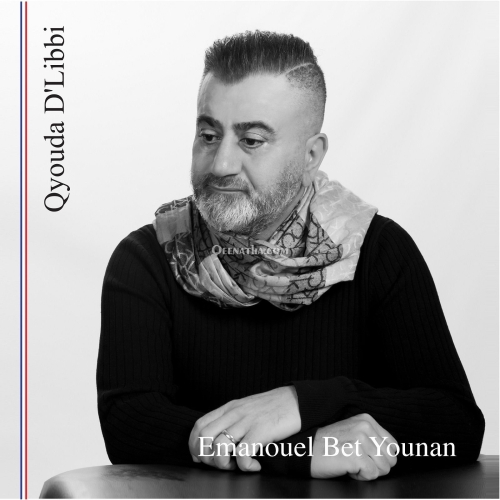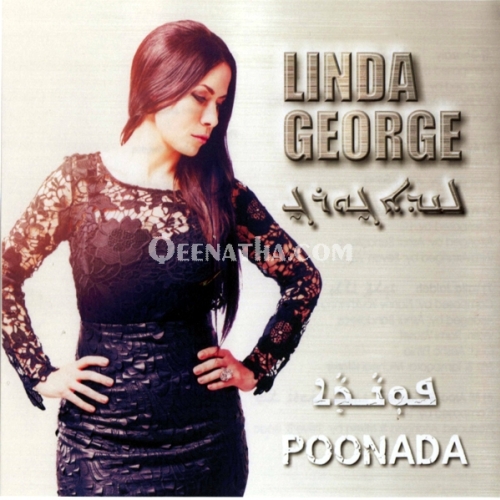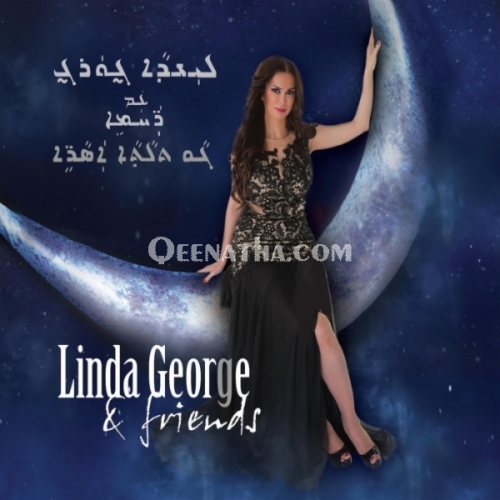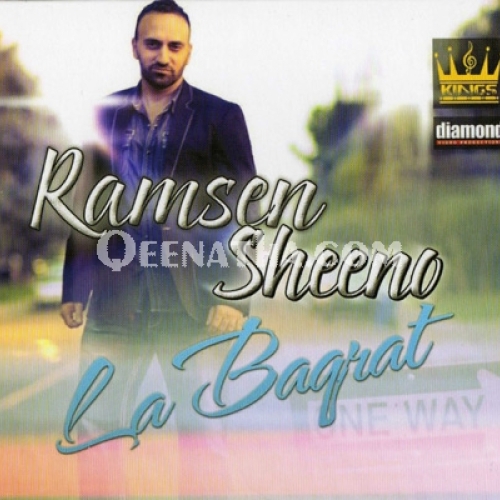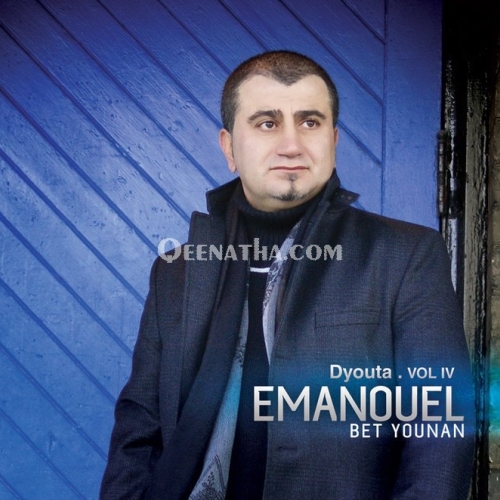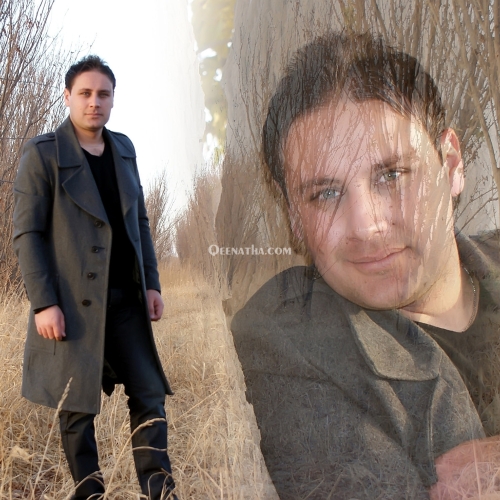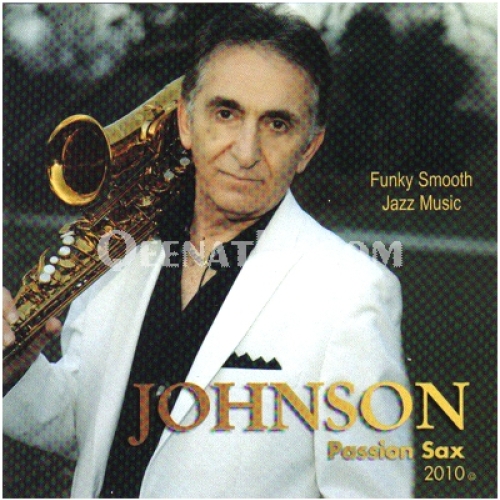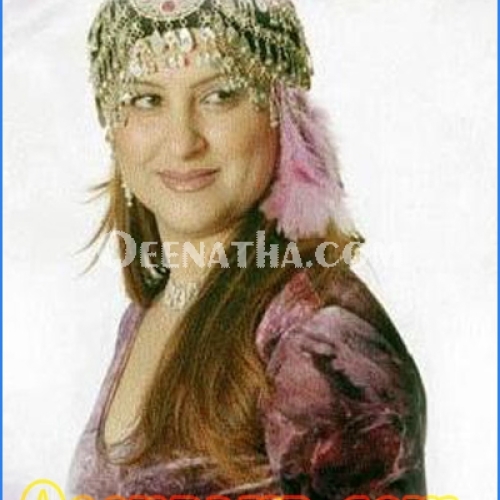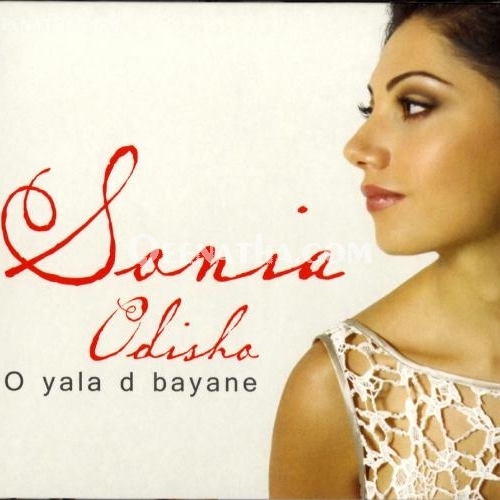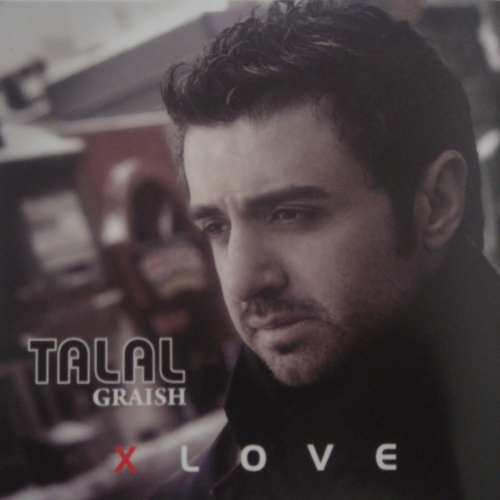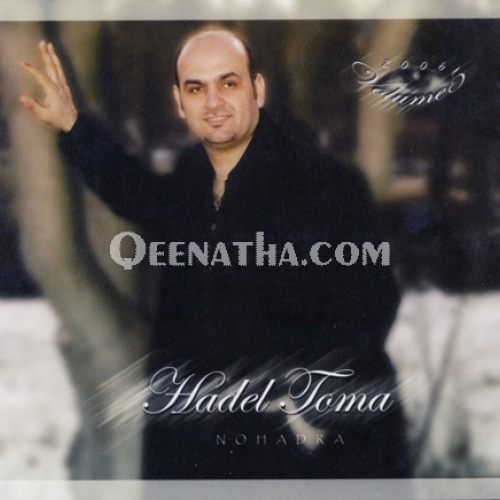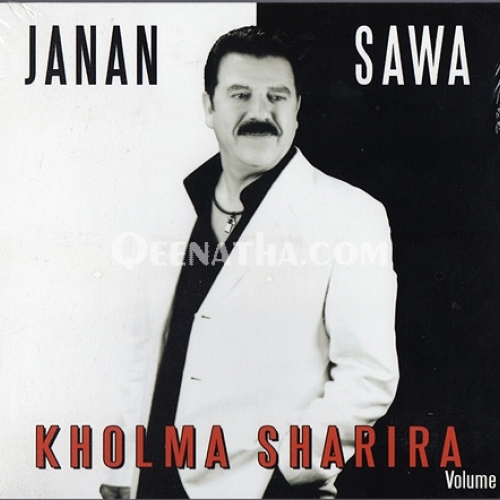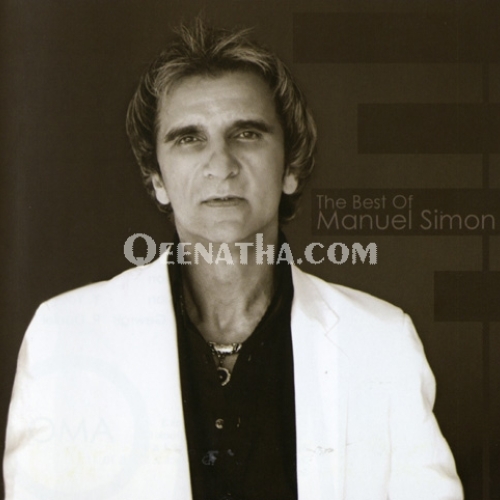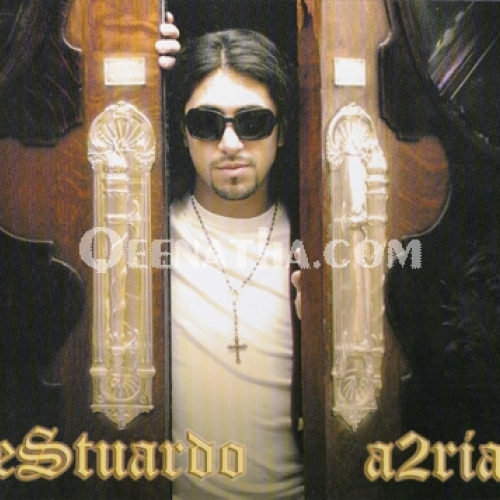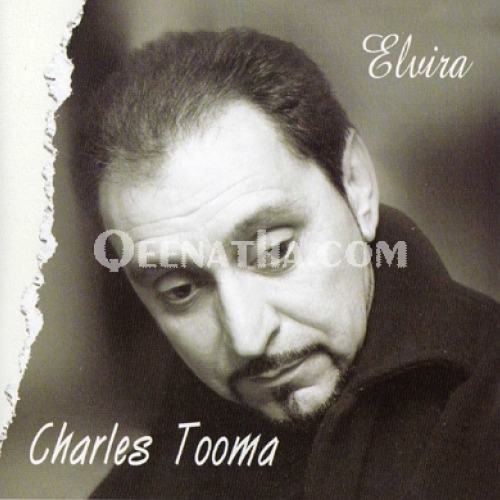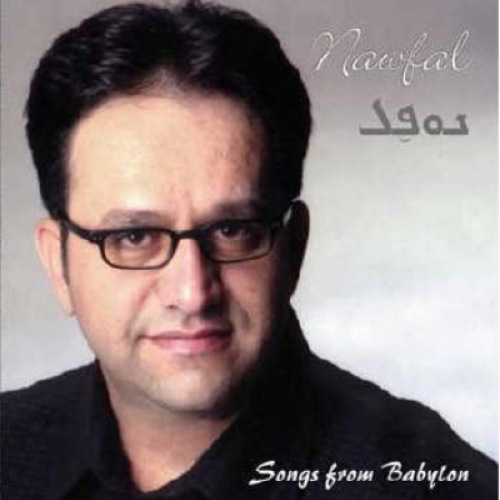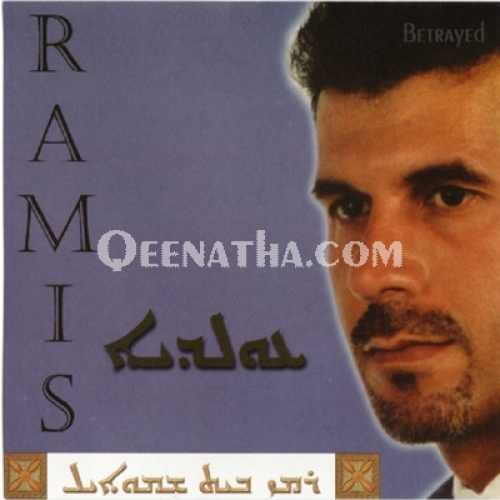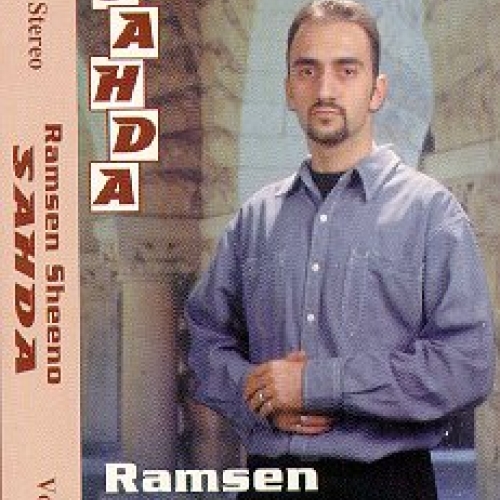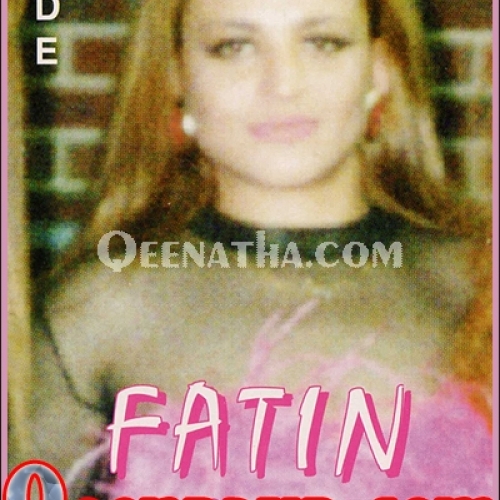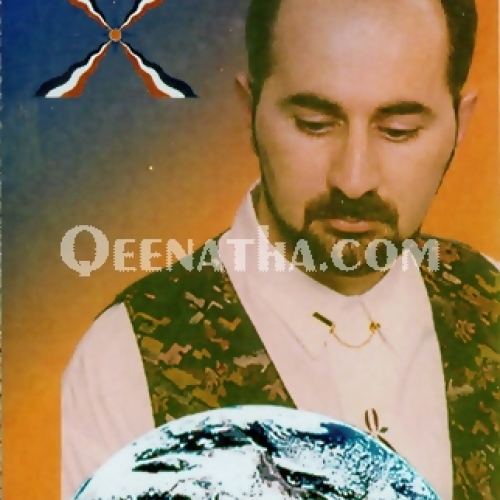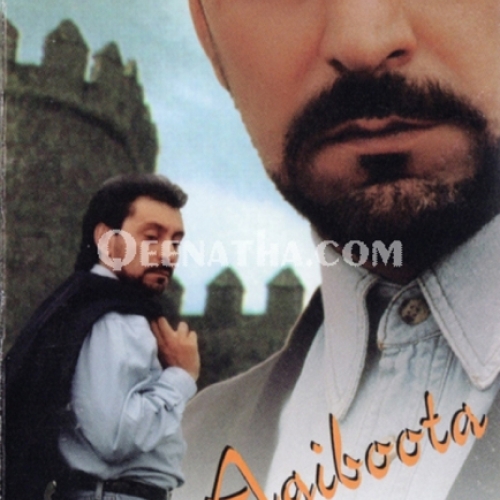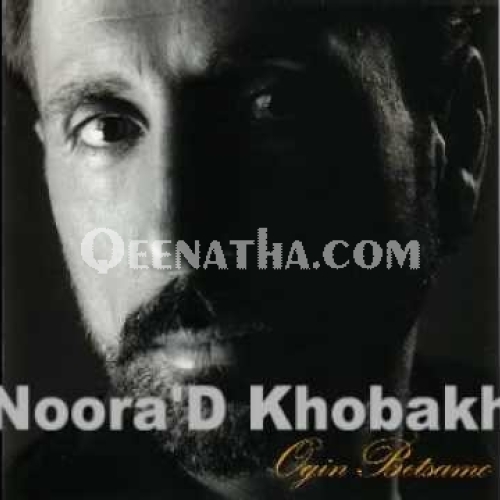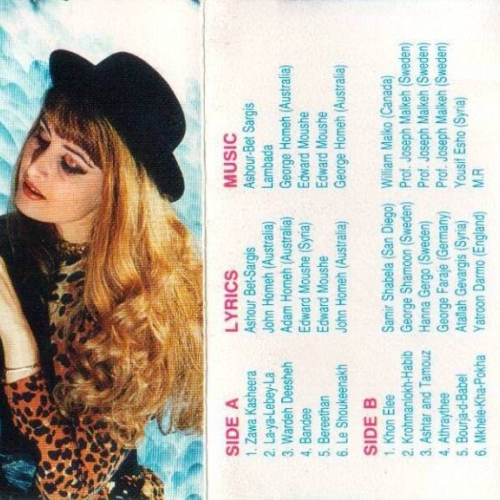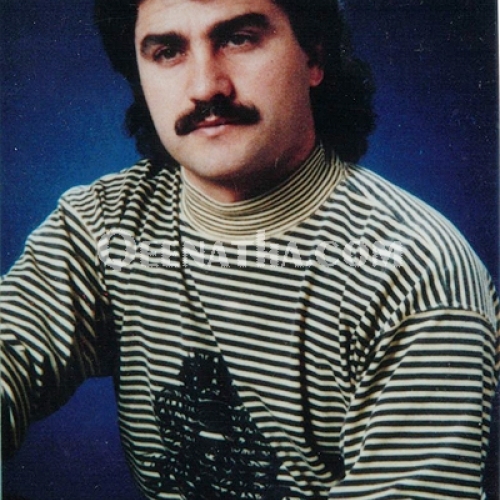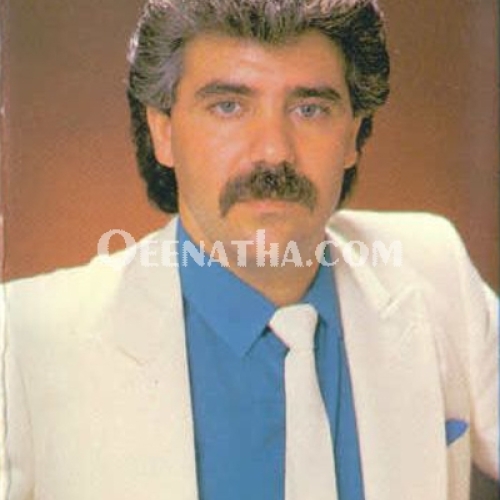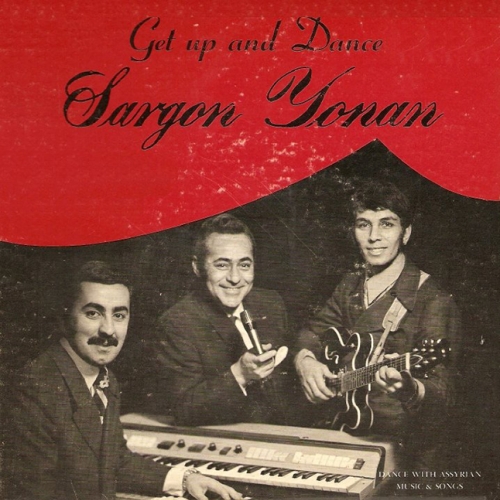Ashur Bet Sargis
Details
- Artist Type
- Singer
- Website
- https://ashurbetsargismusic.com/
- abetsargis@yahoo.com
- View in Spotify
- Biography
-
Ashur bet Sargis was born on the 2nd of July 1949 in Iraq and lived in Baghdad until he emigrated to the United States in 1969.
The young Ashur got his first real contact with music in 1960 he used to sing western songs, later he joined the Assyrian Youth Group in Baghdad called, "Chalish", he joined the youth church’s band when their Organ player didn’t return from a trip to the US. Ashur took his place and became the band’s Organ player and sometimes the singer too.
With the support of his family and friends Ashur became a well-known musician and singer. Ashur sung some of his own songs, and performed in many occasions.
His next move was when he got chosen as a member of another band in Bagdad called "Ankido", he was their keyboards player and also sometimes as their Guitar player.
His interest in music effected his school study, and led him to leave school, Ashur left the homeland before he got to serve his military service. After one year staying in Lebanon he arrived in USA.
In his first year of arriving in the states in 1970 Ashur begun to sing again and met in this time with the known composer and writer the late rabi William Daniel. Ashur was strongly affected by the works of this legend.
In 1971 Ashur Bet-Sargis established his own music band, the "East Bird Band" and released immediately after that his first album with songs like "Beth-Nahrain Atrewat" and "Tanili Ly Ly".
The very first Assyrian secular LP (Long Play) was release by Ashur Bet Sargis titled Ashur Sings for ancient Assyria in 1975 (Vol.2).
Among the early songs that Ashur sung were songs like "Rush Jwanqa – written by Fraydon Aturaya" and "Tanili Lay Lay" which rank today among his classic pieces.
In the course of the years he performed in numerous events and became known in such a way that he was invited as a first Assyrian singer outside of the USA to Australia in 1975. Next he visited Iran for two weeks, where he also performed to packed audience.
After releasing further albums Ashur decided in 1984 to stop his music career and to concentrate on his family life. In 1988 he was invited again to present eight parties in Australia. These were as all his previous performances in the past, a full success.
After these parties he was inspired to work and release his album "Pokha D-Sitwa" in 1990. This album exceeded all other albums before it, with new songs like "Hala Lit" and "Sara d-Matan".
A dream fulfilled for Ashur Bet-Sargis in 1997 when he travelled for two weeks into north Iraq. In five concerts thousands of fans came to hear and see Ashur Bet-Sargis. This attendance impressed him and affected his upcoming works at the same time.
Ashur Bet-Sargis is considered to be politically, very active. Thus he supports the goals of the Assyrian democratic movement (Zowaa). His support extends from the many free concerts that he gives to also include participating at demonstrations, in order to fight for the rights of the Assyrians in their homeland Iraq.
As one of his fans wrote "I have always thought of Ashur Bet Sargis as the greatest Assyrian lyricist of our time, he uses simple easily understood language to present deep and complicated ideas, and such imagery that leaves the listener feeling he/she were in a major art exhibition contemplating world’s best masterpiece paintings. He really is Ahmed Rami of the Assyrians".
Ashur hasn’t only written lyrics and composed music for himself, but also has written lyrics to almost 12 other Assyrian singers, like Charles Tooma, Juliana Jendo, Ogin Bet-Samo and Janan Sawa.
Nicknamed "Prince of Romance" by his fans, he remains one of the pillars of modern Assyrian Music, and his fans wait for his new releases with passion. He works so hard and put tremendous effort in producing albums worthy of his art, talent and fans.
Moneer Cherie
Sources:(1) Music Pearls by Mr. Abboud Zeitune
(2) Radio Interview 1991 Mr. Philip Darmo (via Mr. Romeo Hannah)
(3) Other interviews and Sources.
(4) Profile photo is a painting by Mr. Reni Stephan.
Ashur bet Sargis was born on the 2nd of July 1949 in Iraq and lived in Baghdad until he emigrated to the United States in 1969.
The young Ashur got his first real contact with music in 1960 he used to sing western songs, later he joined the Assyrian Youth Group in Baghdad called, "Chalish", he joined the youth church’s band when their Organ player didn’t return from a trip to the US. Ashur took his place and became the band’s Organ player and sometimes the singer too.
With the support of his family and friends Ashur became a well-known musician and singer. Ashur sung some of his own songs, and performed in many occasions.
His next move was when he got chosen as a member of another band in Bagdad called "Ankido", he was their keyboards player and also sometimes as their Guitar player.
His interest in music effected his school study, and led him to leave school, Ashur left the homeland before he got to serve his military service. After one year staying in Lebanon he arrived in USA.
In his first year of arriving in the states in 1970 Ashur begun to sing again and met in this time with the known composer and writer the late rabi William Daniel. Ashur was strongly affected by the works of this legend.
In 1971 Ashur Bet-Sargis established his own music band, the "East Bird Band" and released immediately after that his first album with songs like "Beth-Nahrain Atrewat" and "Tanili Ly Ly".
The very first Assyrian secular LP (Long Play) was release by Ashur Bet Sargis titled Ashur Sings for ancient Assyria in 1975 (Vol.2).
Among the early songs that Ashur sung were songs like "Rush Jwanqa – written by Fraydon Aturaya" and "Tanili Lay Lay" which rank today among his classic pieces.
In the course of the years he performed in numerous events and became known in such a way that he was invited as a first Assyrian singer outside of the USA to Australia in 1975. Next he visited Iran for two weeks, where he also performed to packed audience.
After releasing further albums Ashur decided in 1984 to stop his music career and to concentrate on his family life. In 1988 he was invited again to present eight parties in Australia. These were as all his previous performances in the past, a full success.
After these parties he was inspired to work and release his album "Pokha D-Sitwa" in 1990. This album exceeded all other albums before it, with new songs like "Hala Lit" and "Sara d-Matan".
A dream fulfilled for Ashur Bet-Sargis in 1997 when he travelled for two weeks into north Iraq. In five concerts thousands of fans came to hear and see Ashur Bet-Sargis. This attendance impressed him and affected his upcoming works at the same time.
Ashur Bet-Sargis is considered to be politically, very active. Thus he supports the goals of the Assyrian democratic movement (Zowaa). His support extends from the many free concerts that he gives to also include participating at demonstrations, in order to fight for the rights of the Assyrians in their homeland Iraq.
As one of his fans wrote "I have always thought of Ashur Bet Sargis as the greatest Assyrian lyricist of our time, he uses simple easily understood language to present deep and complicated ideas, and such imagery that leaves the listener feeling he/she were in a major art exhibition contemplating world’s best masterpiece paintings. He really is Ahmed Rami of the Assyrians".
Ashur hasn’t only written lyrics and composed music for himself, but also has written lyrics to almost 12 other Assyrian singers, like Charles Tooma, Juliana Jendo, Ogin Bet-Samo and Janan Sawa.
Nicknamed "Prince of Romance" by his fans, he remains one of the pillars of modern Assyrian Music, and his fans wait for his new releases with passion. He works so hard and put tremendous effort in producing albums worthy of his art, talent and fans.
Moneer Cherie
(1) Music Pearls by Mr. Abboud Zeitune
(2) Radio Interview 1991 Mr. Philip Darmo (via Mr. Romeo Hannah)
(3) Other interviews and Sources.
(4) Profile photo is a painting by Mr. Reni Stephan.

